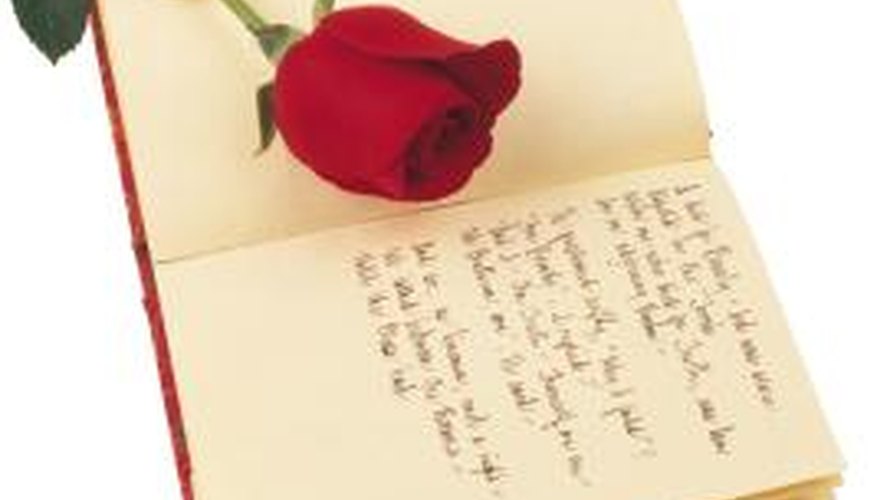Ted Hughes (1930 to 1998), was the Poet Laureate of England from 1988 until his death. He was married to the American poet Sylvia Plath, who committed suicide in 1962, and he organised and published many of her posthumous manuscripts. Hughes' poetry is known for its focus on nature, mythology and history, and his poem "Thistles" demonstrates some of these themes.
Resiliance of Nature
One of the primary themes in "Thistles" is that of nature overcoming human efforts. Hughes opens the poem with the lines "Against the rubber tongues of cows and the hoeing hands of men/Thistles spike the summer air", demonstrating that despite human attempts to destroy them (with "hoeing hands" that later have "mown down" the plants) the thistles come back. Not only do they come back, but they fight back, giving humans who try to destroy them a "plume of blood." In this poem, nature is not just passively available for human usage, but it has a will of its own which is often violent and destructive.
- One of the primary themes in "Thistles" is that of nature overcoming human efforts.
- Hughes opens the poem with the lines "Against the rubber tongues of cows and the hoeing hands of men/Thistles spike the summer air", demonstrating that despite human attempts to destroy them (with "hoeing hands" that later have "mown down" the plants) the thistles come back.
Vikings
Throughout the poem, Hughes associates the thistles with Vikings, a culture that is associated with violence. The poem says that the thistles thrust up like "splintered weapons" from the "underground stain" of buried Vikings and that the thistles look like "pale hair."
Human Nature
Hughes also associates the thistles with the history of human struggle. The thistles come back, "fighting over the same ground" after the "grey men" (older thistles) are cut down, partially out of vengeance and desire to gain back lost land. The poem associates this cycle of violence (the violent cutting down and growing again) with human cycles of war over territory.
Structure and Style
"Thistles" is a short, lyric poem written in four stanzas of three lines each. Although the stanzas do not end in rhyming lines, Hughes frequently uses alliteration (the repetition of consonant sounds) and assonance (the repetition of vowel sounds). For example, in the first line, the "h" sound is repeated several times, as are the vowel sounds "o" and "a."
